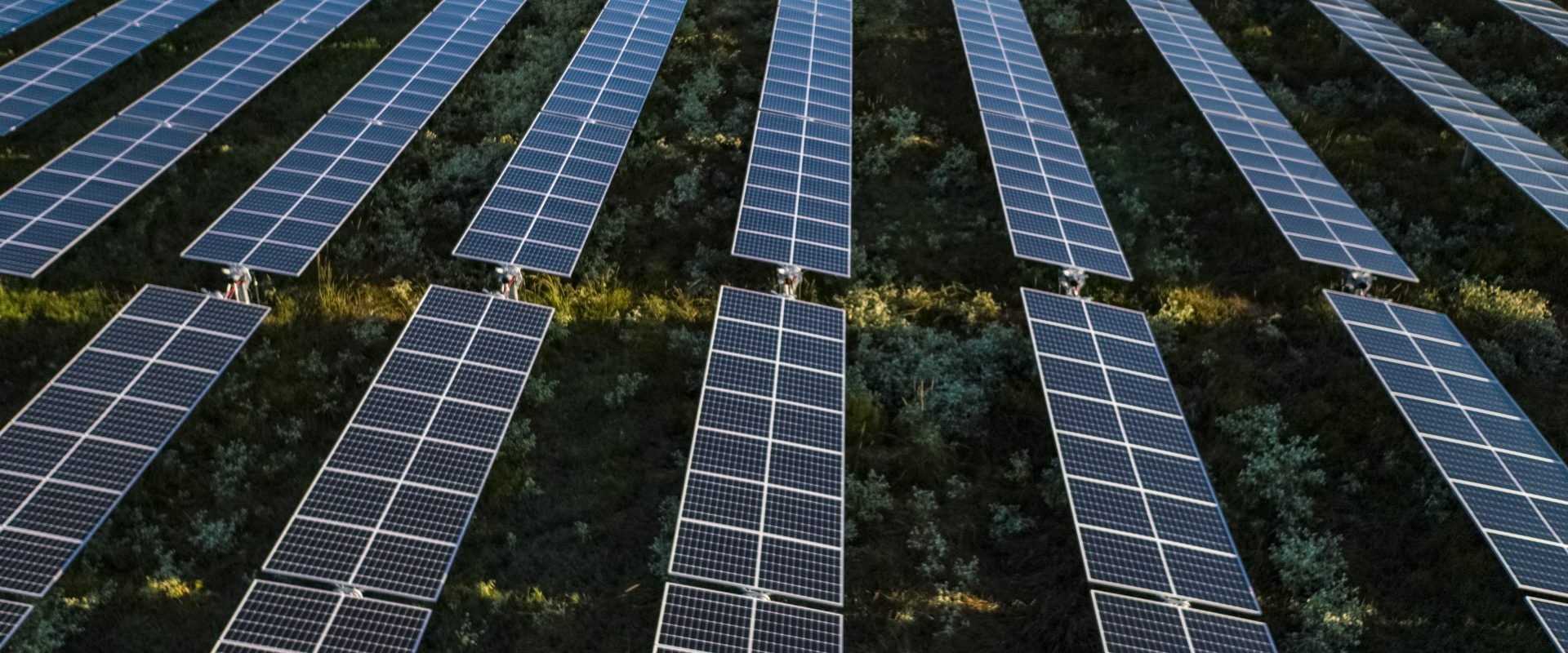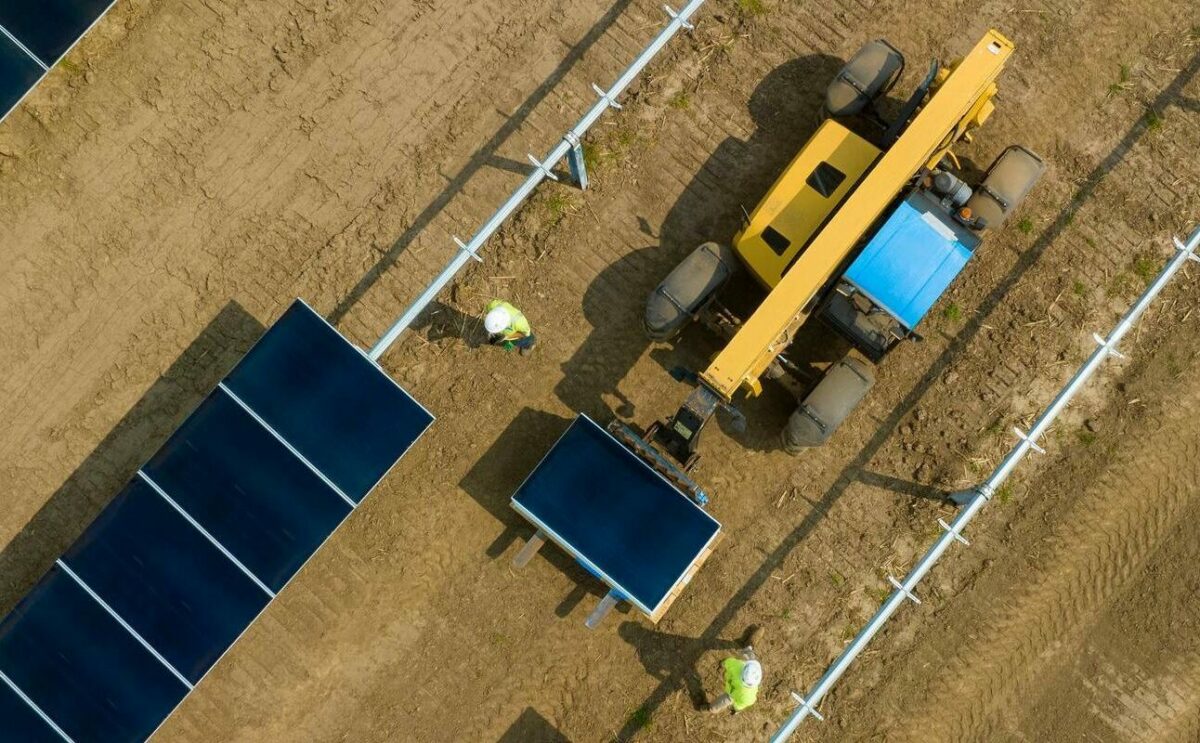Mapping our way to a more resilient future
Mapping our way to a more resilient future
GIS (geographic information systems) is helping save the world one map at a time. At Lightsource bp, we use GIS tools to site projects as efficiently and responsibly as possible, fighting climate change while ensuring a positive impact on local communities and land.
In light of Geography Awareness Week, we are celebrating the power of GIS to make an enormous impact in solar development. Keep reading to learn more about this powerful tool and its applications at Lightsource bp.
What is GIS and how does it work?
Geographic Information Systems are powerful mapping tools used across hundreds of industries. Essentially, GIS software applies layers of data to maps, allowing users to gain useful insights.
Geographic coordinates (latitude and longitude) serve as the basis of a GIS analysis. GIS software systems pair datapoints (i.e., roads, altitude, soil type) to real-world locations via these coordinates. Data might be represented as points, lines, polygons, or as continuous fields of pixels.
A GIS professional adds layers of data over a given spatial area, as large as the entire Earth’s surface or as small as a single square meter of land. GIS tools will help people understand patterns and relationships within the data, monitor change, make predictions, and solve problems.
What problems can GIS solve for solar developers?
Identifying suitable land for development is a primary use of GIS in the solar industry. In addition to getting plenty of sunshine, solar farms must sit on suitable ground, have access to the power grid and follow local building codes, among other factors. GIS data layers of on-the-ground obstacles along with local requirements and parcel data are leveraged to develop a model of buildable land to inform the most desirable land parcels to lease for solar.
In addition, GIS modeling can provide site-specific data to inform the design, construction and maintenance of a site. At Lightsource bp, our team has used the technology to create models to streamline panel placement for the Lightsource bp design team and to create a mowing conditions model that dictates where traditional vegetation management methods simply won’t cut it.
How is Lightsource bp using GIS tools to build more resilient projects around the world?
Lightsource bp goes the extra mile with our Responsible Solar approach. We take great care to create projects that not only push forward the global energy transition but benefit the natural environment and local communities around them. Our GIS team plays a key role in maximizing the positive impact of our projects.
The team assesses the ecosystems on project sites, for example, and creates plans that avoid disturbance of at-risk species and biodiversity hotspots. GIS tools can also inform site-specific plans to boost biodiversity through multi-use solar initiatives, such as planting pollinator gardens or introducing agrivoltaics programs like on-site sheep grazing. In this way, GIS tools enable our projects to create stronger ecosystems that serve wildlife and people alike.
In addition, GIS tools can help our development team understand risks to a project, like potential flooding. GIS can model “what if?” scenarios to inform designs that keep solar farms safe and resilient. This approach can help open the doors to solar development in vulnerable communities, where the threat of catastrophes like hurricanes and flooding is high. Solar can increase the resilience of the local power grid in these areas, potentially providing power following disasters that take traditional power sources offline.
In 2022 the Lightsource bp team took another major step, of increasing access to GIS data and analysis across the entire company with a new mapping platform called OneMap. One Map allows us to manage and share geospatial information and analysis through a central source, providing geospatial data and tools at our team members’ fingertips.
Related news
14 Oct, 2025
Lightsource bp and Pinnacle Financial Partners announce $97.9M tax equity deal for Peacock Solar
Lightsource bp and Pinnacle Financial Partners today announced the closing of a $97.9 million tax equity deal to finance the 187 MW Peacock Solar in San Patricio County, TX.
15 Aug, 2025
Lightsource bp wins two North American Agrivoltaics Awards
Lightsource bp proudly announces receipt of two North American Agrivoltaics Awards: Solar Ranch of the Year and Champion of the Year.
31 Jul, 2025
Solar Power World names Lightsource bp the top solar developer in the USA
Lightsource bp, a global leader in renewable energy development, has been named the United States’ #1 solar developer by Solar Power World.




